| CODE HANDBOOK |
|
| 2012 International Building Code Handbook |
| (The information below is excerpted from the 2012 International Building Code Handbook.) |
|
The Group E classification is assigned to schools, including primary, middle, and high schools, as well as day-care facilities. All Group E occupancies have three features in common: they are limited to the education, supervision, or personal care of persons at an educational level no higher than the 12th grade; the occupants are only in the facility for a limited time each day; and there are at least six persons being educated, supervised, or cared for at the same time.
Click to continue reading more on Group E occupancies in this excerpt from the 2012 International Building Code Handbook. |
|
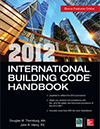 |
The 2012 International Building Code Handbook is a comprehensive, full-color guide to the entire 2012 International Building Code (IBC). Authored by ICC code experts and published by McGraw-Hill to assist code officials, architects and engineers in understanding the code, this publication covers both structural and fire- and life-safety provisions. This time-saving resource makes it easy to understand and apply complex IBC requirements and achieve compliance. |
| Back to top |
 |
| CODE UPDATE |
|
| Significant Code Changes to the 2009 A117.1 Accessibility Standard |
| (The information below is excerpted from the Significant Changes to the 2012 International Codes series.) |
|
Use of Section 306, knee and toe clearances, is prohibited when establishing the clear maneuvering space required at a door. This should assure that access to door hardware is not impeded and that users do not need to reach over an obstruction to operate the hardware.
Click to continue reading more on this update to the 2009 A117.1 Significant Changes. |
|
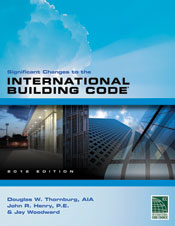  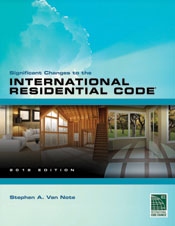  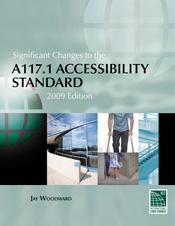 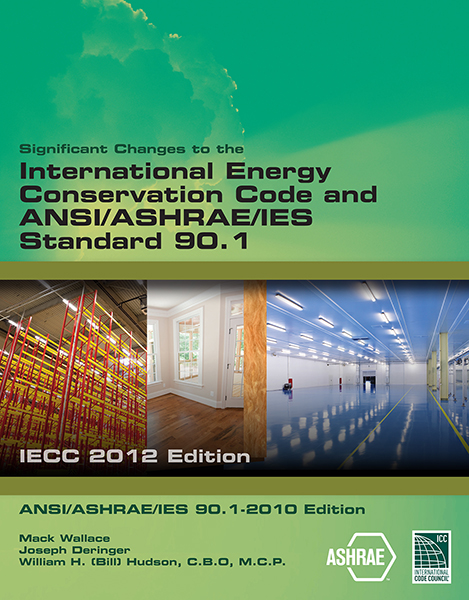 |
The Significant Changes to the 2012 International Codes series is designed to assist code officials, architects, engineers and other construction professionals transitioning from the 2009 to the 2012 editions of the International Codes. Authored by ICC code experts, the series offers a comprehensive yet practical analysis of hundreds of the most critical changes. Each color publication contains: revised code text; a summary of each change listed; in-depth change analysis; and a detailed photo, illustration or table for each change to deepen understanding. Coverage reflects provisions with special significance, including new and innovative design ideas and technologies, modern materials and methods of construction, and current approaches to safety and stability. |
| Back to top |
 |












